Iwashimizu Hachimangu: Biggest Hachimangu Shrine in Kansai
If you are familiar with Japanese shrines, you probably have heard the word “Hachiman” somewhere. While there are literally thousands of “Hachiman” shrines all over Japan, one of the the largest Hachiman shrines is Kansai ‘s own Iwashimizu Hachimangu
Iwashimizu Hachimagu
Iwashimizu Hachimangu is located on the top of Mt. Otoko. To get to the mountain from Yawatashi Station, we encourage you to take the cable car. It is only 200 yen to the top of the mountain and it leaves Yawata-shi Station every 15 minutes. If you really want to walk, there is a trail and it takes 30 minutes to walk up the mountain.
Walking to Iwashimizu Hachimangu
The path to the Iwashimizu Hachimangu is right next to the Korasha. Don’t worry Mt. Otoko is only 140m high and it takes only 30 minutes to the top of the mountain.
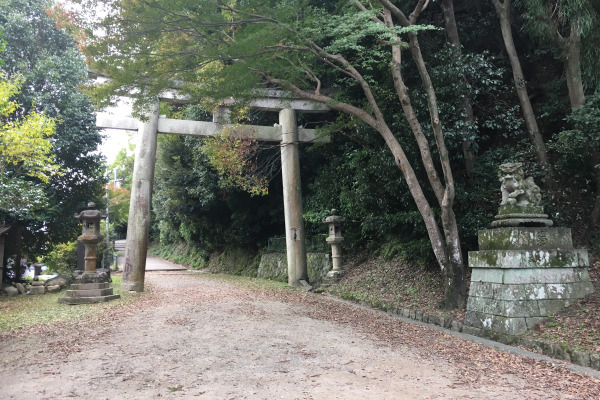

Along the path, you will find a spring called “iwashimizu” which is the namesake of the shrine.

After this, you will see the large south gate. The gate does not directly face the honden, so you can go back without turning your back on the Hachiman gods.
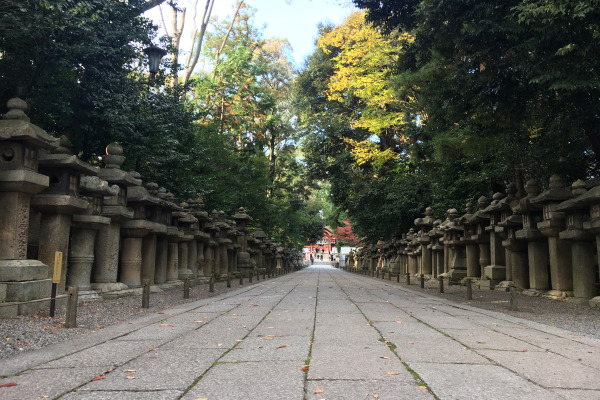
Iwashimizu Hachimangu Honden
>During the mid-9th century, the monk Gyokyo, in Usa Jingu (the largest Hachiman-gu shrine in Japan) received an oracle from Hachiman. The voice told Gyokyo that Hachiman wished to go to Mt. Otoko in order to protect Kyoto. Shortly after this, the construction of Iwashimizu Hachimangu began. The shrine was completed in 859 and has guarded Kyoto since
Iwashimizu is one of the three big Hachiman shrines in Japan and many emperors came to this shrine to pray for victory, especially during war-time.

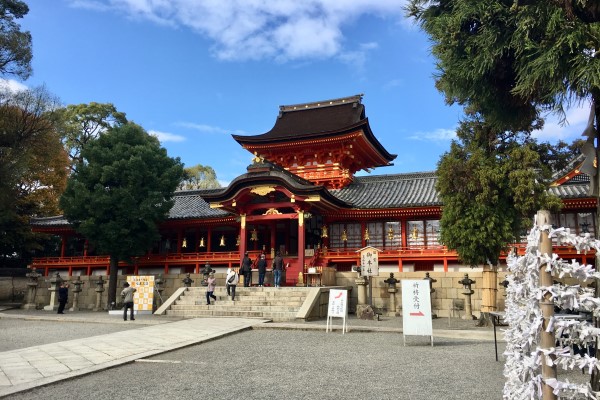
Iwashimizu Hachimagu shrine enshrines Emperor Ojin, Empress Jingu and Himegami, collectively known as Hachiman gods.
The Iwashimizu’s honden, built in 1634, is registered as a Japanese national treasure. The honden a rare example of a style known as Hachiman-zukuri. Hachiman-zukuri is very unique because the honden consists of two separate buildings, the Gaiden and Naiden . The roofs that cover these buildings connect in an iconic “M” shape.
It is said that the gods stay in the Gaiden in the morning and then go to the Naiden at night.
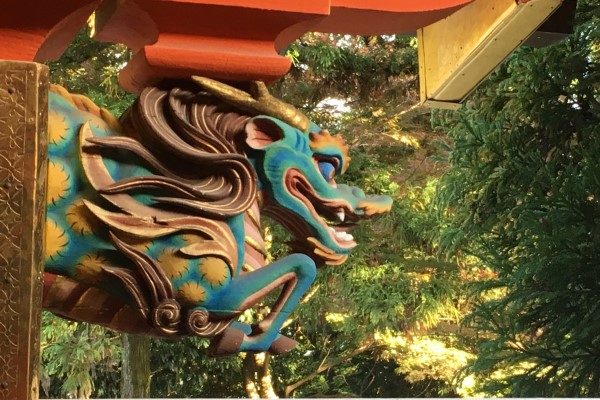
The messengers of Hachiman are pigeons though it is not entirely clear why. Some people say the white pigeon guided the Hachiman gods from Usa to Iwashimizu. In any case, you can find pigeons throughout the shrine grounds and believe it or not, the emblem of the Keihan Line is shaped like a pigeon because of Iwashimizu Hachimangu.
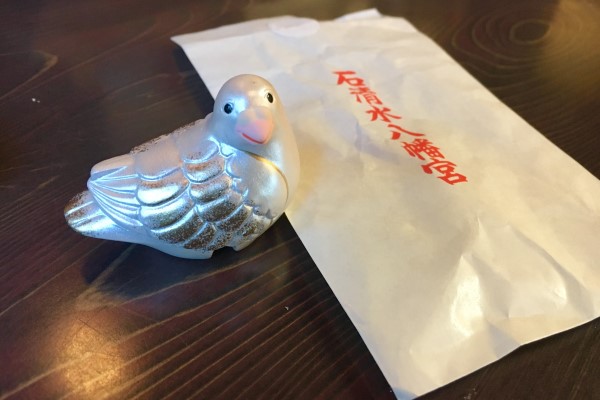
One of the popular small shrines are Wakamiya Shrine and Wakamiyadono Shrine. These two shrines located just behind the outside of the honden are famous protection shrines.
Wakamiya is a protection shrine for men and enshrines the sons of emperors Ojin and Nintoku. Next to it is Wakamiya Dono-sha, which enshrines the daughter of emperor Ojin, who extends protection for women.
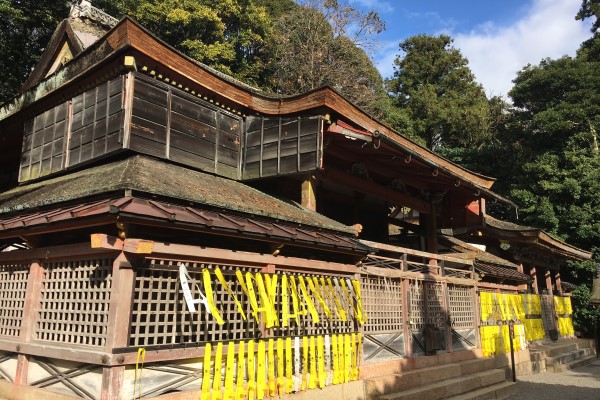
Edison Memorial
Interestingly, there is a gigantic memorial for Thomas Edison near the parking lot of Iwashimizu. Why Edison? Actually, when Edison was inventing the light bulb, he realized that the bamboo from Otoko-yama was the most suitable for the filament of his light bulbs.
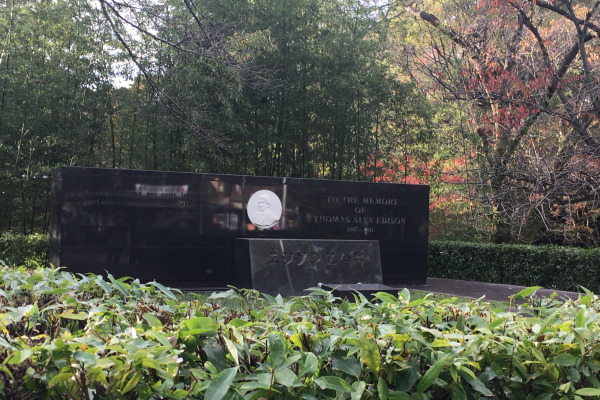
Points of Interest
Hashirii Mochi
One of the foods you should definitely try at Iwashimizu Hachimangu is hashirii mochi.
Though Iwashimizu may not be a big tourist spot, this mochi is very popular food with visitors. You can eat this mochi at the stall near the Edison monument, or at the restaurant. Be sure to stop by either before or after your visit to the shrine!
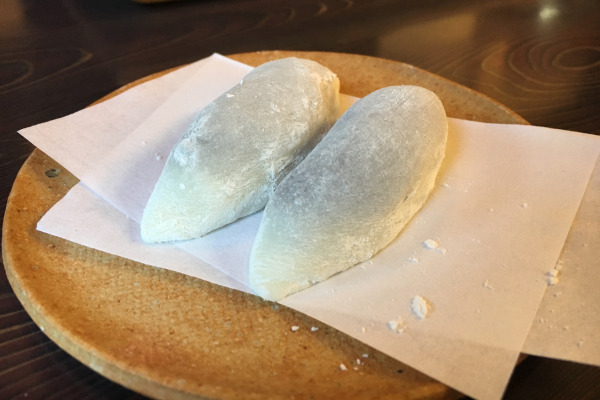

Leave a Reply